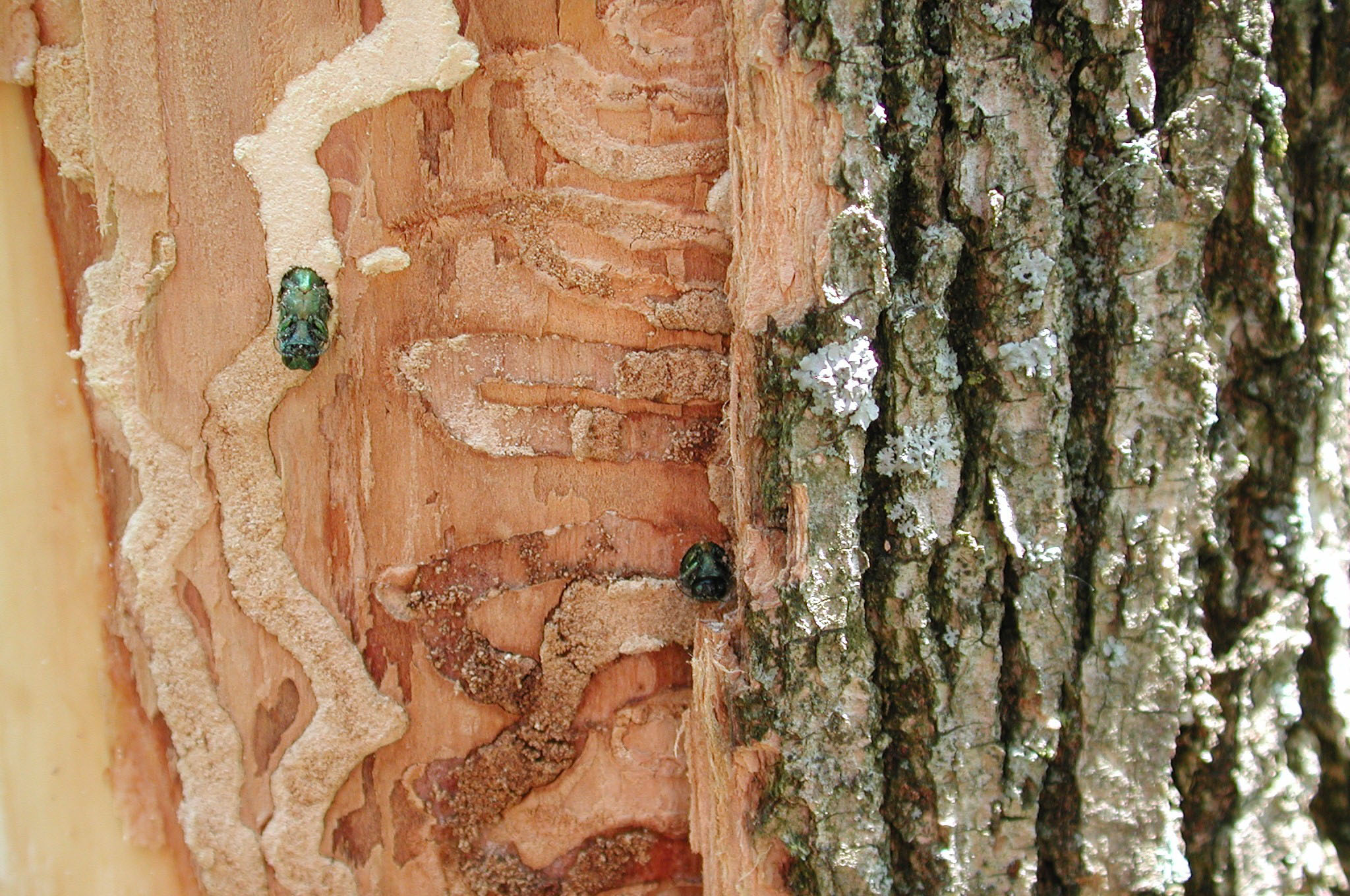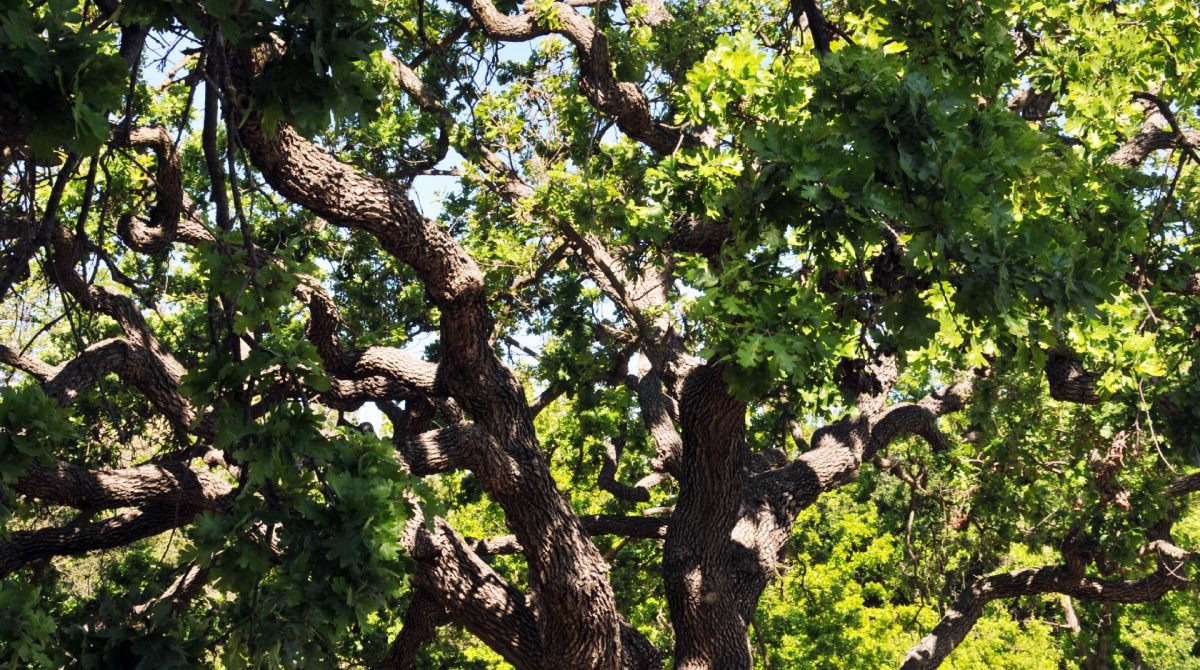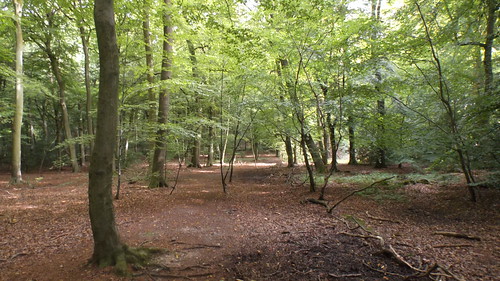
How Can I Tell If My Ash Tree Has Emerald Ash Borers?
Date May 01, 2022
Category
If you’re a homeowner with an ash tree on your property or you’re responsible for managing a commercial property with ash trees, then it’s important to be able to identify signs of an emerald ash borer (EAB) infestation. This invasive beetle can kill ash trees within just a few years, so it’s crucial to get ahead of the problem by detecting it early. In this blog post, we’ll show you how to tell if an ash tree has EAB, and we’ll share our best tips for managing an infestation.
Is My Tree an Ash Tree?
Emerald Ash Borers aren’t called that without very good reason – EAB exclusively attack ash trees. But how do you know if the trees in your yard are ash trees?
- Start with looking at the leaves. Ash trees classically have compound leaves, or leaves actually made up of multiple tiny leaflets – 5 to 8 per leaf on average.
- Take notice of the branches and their structure. Ash trees are known for their ‘opposite’ patterning where branches grow in opposite directions rather in staggered formation.
- What does the bark of the tree look like? Young ash trees have somewhat unwrinkled bark, while the mature ash trees sport a dense diamond-shape texture.
Is My Tree Infested by EAB?
If any of the following is present on your ash tree, there likely is an active EAB infestation:
- Spotted bark – This freckling might be from EAB larvae attracting hungry woodpeckers.
- Severe branch die-back – It’s normal to see a dead or dying branch here and there on a tree, but an excessive amount can be a symptom of the presence of EAB.
D-shaped exit holes – if you see d-shaped holes in the trunk or branches, that is a sign that the larvae are feeding beneath the bark.
What Do EAB Look Like?
Though called an emerald ash borer, it’s primarily just their wings that are green, while an EAB’s abdomen is more of a coppery red to purple color. They only grow to be about 1/4 to 1/2 inch in length. EAB eggs are a chestnut color and extremely tiny, while larvae appear to be a shade of white and have bell-shaped sections to their bodies.
What Damage Do EAB Cause?
These borers are hugely invasive, but they do the most damage as larvae. Their tunneling underneath bark to munch on the tasty ash tree tissue will eventuall lead to the death of the tree. It typically takes about 2 to 4 years after the initial infestation for a tree to fully go from healthy to unsavable.
Can a Tree with Emerald Ash Borer Be Saved?
The most common methods of emerald ash borer treatment are
- bark spray
- canopy spray
- trunk injection
- soil injection
Trunk and soil injections are the most popular option for their general ability to more directly target the borers drilling around on the inside of the ash tree. But check with an ISA-Certified Arborist tree service first to make sure you’ve got the best plan in place for your trees and their specific condition.
If you think your ash tree might have EAB, don’t hesitate to contact TreeNewal for help. Our team of experts can assist with diagnosing the problem and developing a management plan that will protect your ash trees from this destructive pest. Remember, early detection is key in managing an emerald ash borer infestation, so don’t wait another day to take positive action and save your trees!
If you need advice or assistance with a possible Emerald Ash Borer infestation in your ash trees, get in touch with the ISA-Certified arborists at TreeNewal and enjoy tailored tree care advice.
To learn more about How Can I Tell If My Ash Tree Has Emerald Ash Borers?, call our Argyle and Southlake-based teams.
at tel:(817) 592-6846 or send us a message.
We’re a little different than the average tree services company.
Learn more about TreeNewal’s ISA-Certified Arborists!
Our Dallas/Fort Worth-based tree doctors can explain how sustainable tree care services add more value to your bottom line.
Healthy trees, healthy lives.








